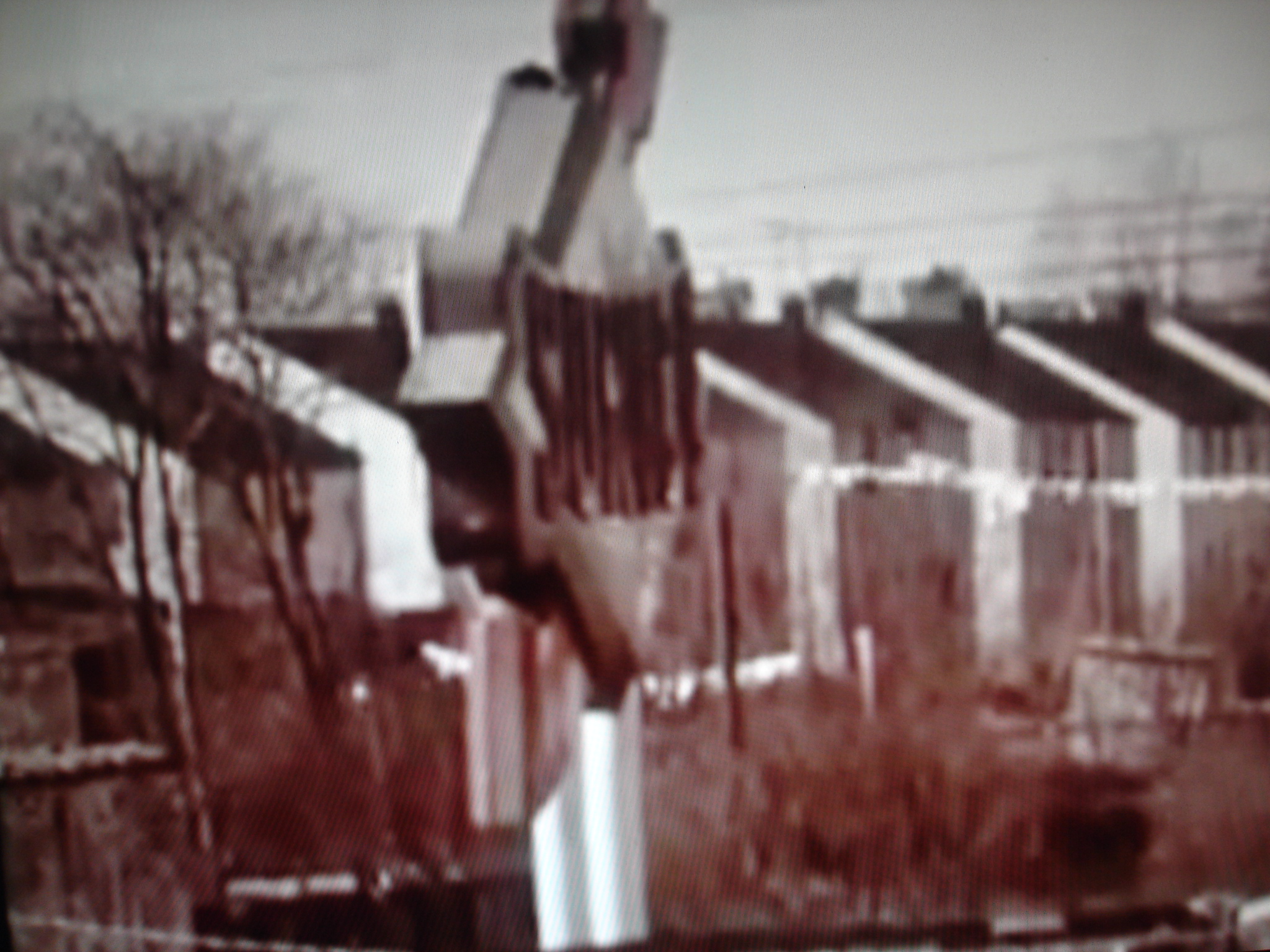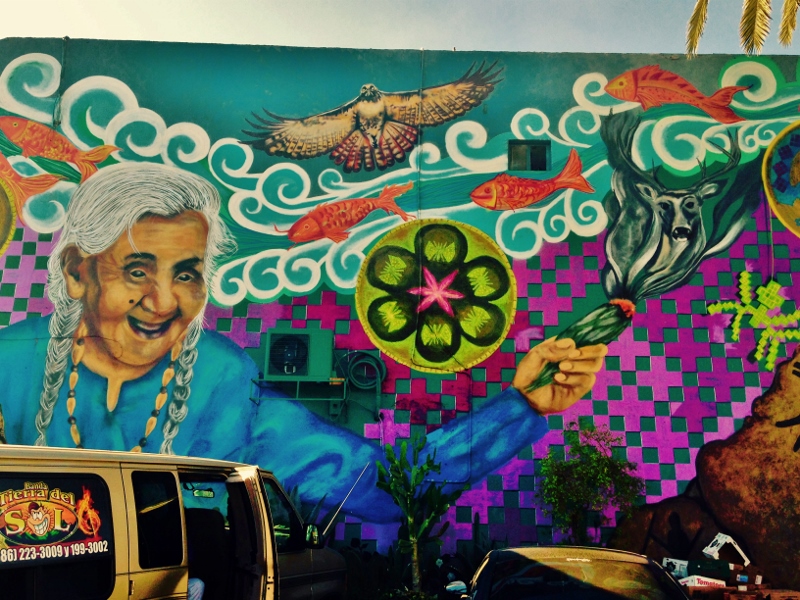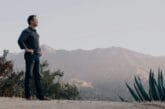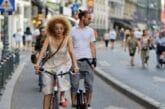The time is now to invest in walkable neighborhoods accessed by mass transit with opportunities for cultural coming together and societal participation, instead of environmentally-destructive sprawl, cultural intolerance, societal alienation, and personal anonymity.
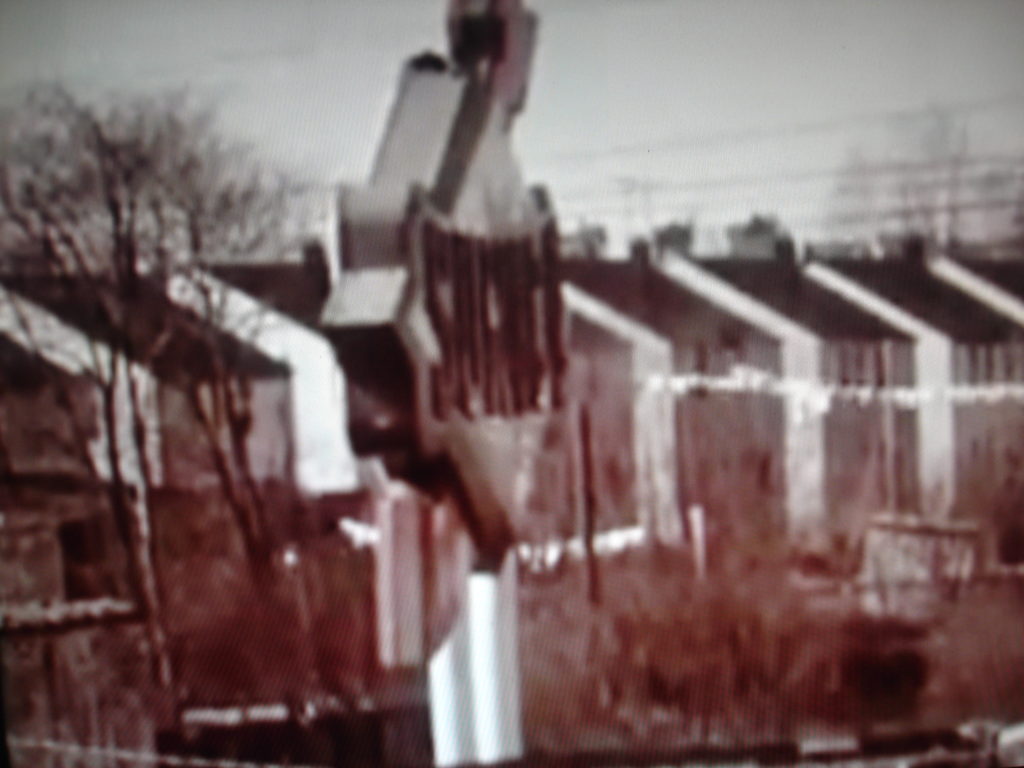
Layered Density, Places to Walk and Live without cars…
In 1965, the fossil-fueled automobile-centric-sprawl-city was just beginning to show the massive environmental problems that have today escalated to the dire stage. The lack of attention toward the human role in the urban environment led to faceless suburbs surrounding industrial and office parks, connected by multi-lane thoroughfares and interstate highways.
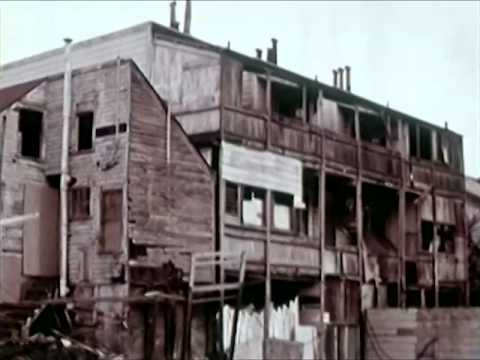
Watch this video on YouTube
No Time for Ugliness – 1965 Urban Renewal & Social Guidance / Educational Documentary
“No Time for Ugliness” A film by the American Institute of Architects, 1965-Part One
Road and highway building opened more and more agricultural and wilderness land for homes and shopping centers, while forgetting the center cities where humans had traditionally congregated, worked, played, created, arrived on trains and buses, and lived and shopped next to one another. The final frontier was the ex-urban wilderness that was slowly domesticated, trees cut down, hills graded flat, rivers and streams culverted and channelized, farms and wetlands paved for parking lots and freeways to enable more and more backyard-dreaming masses required to drive three miles for a loaf of bread or to see a friend.
STORY: Pruitt Igoe Myth: The Death of 20th Century US City
httpvh://youtu.be/Q3uvzcY2Xug
The End of Suburbia – 52 minute documentary on peak oil
Problem Short of Solutions: Part Two-Early Redevelopment: San Antonio Riverwalk, Jackson Square, Lafayette Park
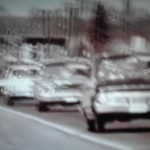
What Next?
Now we must stop the constant search for raw land for pristine neighborhoods up against the hills, surrounded by bucolic farms. Wilderness areas must be preserved; agricultural land will be necessary to confront the coming peak oil crisis along with constant inflation of food prices. Urban growth boundaries must be adopted and enforced, as well as strengthening tools to encourage mass transit dependent smart-city development, constructed for low-impact following best practices for green building and energy efficiency.
Assembly Bill 32 and Senate Bill 375 in California cross-referenced greenhouse-gas-fueled-climate-change with land use (and mis-use), employing regulations and market-based mechanisms requiring all development to adhere to the sustainability ethic. A first step, but hardly the last necessary for wholesale change. Because it is incentive-based, it still must go through the political regional planning process, and delays implementation for many years while the climate warms and oil prices rise, and homeowners in the ex-urbs go bankrupt.
We must invest in sustainable mass transportation today to connect the existing city’s residents with their work- and shop-places, to put space between us and our cars, while reducing space between ourselves. We need to come together, learn to love living among people (because we have no choice). It may be loud, but divine music echoes from the alleys, exotic foods tasted from street vendors, new languages spoken in community halls, new friendships forged and lessons learned when speaking your mind from the podium informing the decisionmakers the way it has to be.
See the following piece on the issue from 2009…
Sprawling from Grace, Driven to Madness, Documentary from David M. Edwards
httpvh://youtu.be/U3vz1i5DyN4
The unintended consequences of suburban sprawl inform David M. Edwards’ documentary detailing the dangers USA residents face should we fail to reevaluate our approach to urban development. The inefficient and environmentally destructive suburban way of life isn’t simply at risk; it’s in absolute peril. By interviewing close to thirty experts on the subject, Edwards discovers that we can no longer continue building our cities as we did in the past. While the suburbs once seemed an essential part of out maturation as a society, it now contributes to pollution, increased health risks, and a decreasing quality of life. But as non-renewable fossil fuels are being slowly depleted, Americans remain trapped behind the wheels of their own cars. With each new subdivision, strip mall, and corporate office block, the promise of a better tomorrow slips further away. So is there a solution to making our society sustainable in a post-fossil-fuel world? By exploring the efforts of state and city governments to invest in such viable alternatives as BRT (Bus Rapid Transit, commuter rail, and light rail, Edwards reveals why innovative thinking regarding land use and transportation is essential to keeping our society functional.
See Kaid Benfield: “The Collapse of Key Assumptions of Sprawl,” NRDC, April 25, 2011.
Updated 16 September 2016

